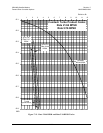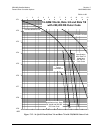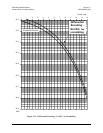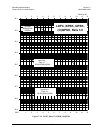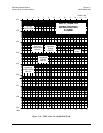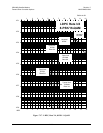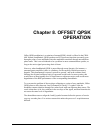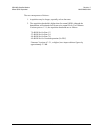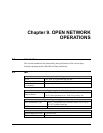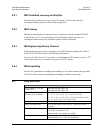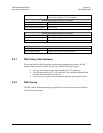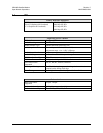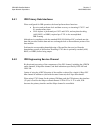
8–1
Chapter 8. OFFSET QPSK
OPERATION
Offset QPSK modulation is a variation of normal QPSK, which is offered in the CDM-
600. Normal, bandlimited, QPSK produces an RF signal envelope that necessarily goes
through a point of zero amplitude when the modulator transitions through non-adjacent
phase states. This is not considered to be a problem in most communication systems, as
long as the entire signal processing chain is linear.
However, when bandlimited QPSK is passed through a non-linearity (for instance, a
saturated power amplifier), there is a tendency for the carefully-filtered spectrum to
degrade. This phenomenon is termed ‘spectral re-growth’, and at the extreme (hard
limiting) the original, unfiltered sin(x)/x spectrum would result. In most systems, this
would cause an unacceptable level of interference to adjacent carriers, and would cause
degradation of the BER performance of the corresponding demodulator.
To overcome the problem of the envelope collapsing to a point of zero amplitude, Offset
QPSK places a delay between I and Q channels of exactly 1/2 symbol. Now the
modulator cannot transition through zero when faced with non-adjacent phase states. The
result is that there is far less variation in the envelope of the signal, and non-linearities do
not cause the same level of degradation.
The demodulator must re-align the I and Q symbol streams before the process of carrier
recovery can take place. For various reasons this makes the process of acquisition more
difficult.



